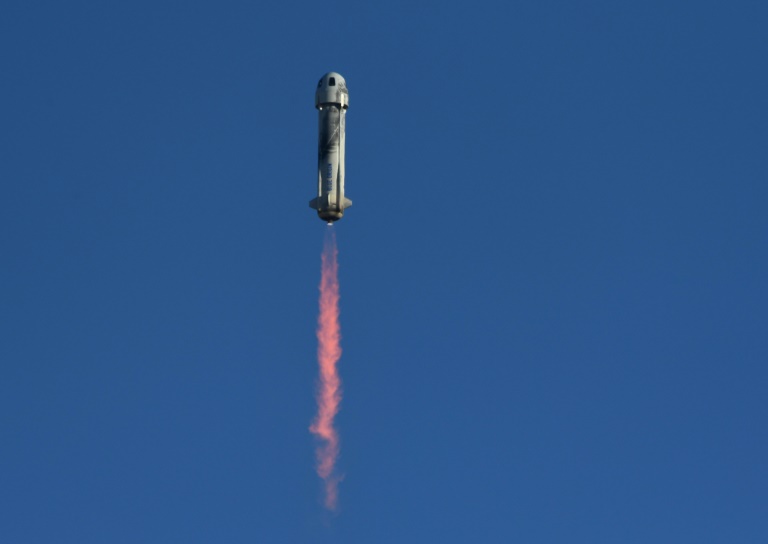The recent launch of Blue Origin NS-23 represented the inaugural test of a new thermal insulation material. This was developed by Portland, OR-based OROS Labs. OROS is a next-gen thermal materials business. Thermal materials are used to increase thermal efficiency between two mating components..
OROS has developed an in-line process of manufacturing polymer aerogel and spinning it into a fibre. The fibre is then 3D printed into a film with a 750 µm-thick diameter. The resultant flexible film provides an effective ratio of CLO value/diameter.
Aerogels are among the lightest solid materials known. These materials are created by combining a polymer with a solvent to form a gel, and then removing the liquid from the gel and replacing it with air. The produced aerogels are porous and very low in density, yet they also appear e solid to the touch.
Aerogel is a substance first pioneered by NASA to insulate spacecraft and touted as the lowest thermally conductive material known to mankind. By devising novel, flexible and durable aerogel solutions, OROS produces game-changing materials that unlock a broad spectrum of applications transcending spaceflight.
The flexible insulator was wrapped around battery cells aboard NS-23 during August 2022, with the aim of extending the battery operating life while sustaining human stem cells during the mission. The batteries used to keep human cells viable by maintaining a liveable temperatures aboard the Blue Origin NS-23.
As to the overall mission objective, researchers are studying the effects of space on human cells to better understand the feasibility of 3D printing human organs in the zero-gravity environment of LEO.
After Blue Origin NS-23 rocket left the Earth’s atmosphere it operated in temperatures at or below -267 degrees Celsius. As part of the rocket’s payload, human cells are being exposed to the effects of space and micro gravity. To prevent cells from freezing, batteries aboard the Blue Origin capsule were used to maintain an optimal thermal environment for these cells.
The fundamental research aboard the Blue Origin NS-23 is the first step to better understand how humans could colonise the Moon, Mars—and beyond. However, without OROS’ insulation, the experiment would be difficult to conduct.
“By lowering energy requirements, we can eventually sustain long-term life in space,” OROS Co-Founder and CEO, Michael Markesbery is quoted as saying.














